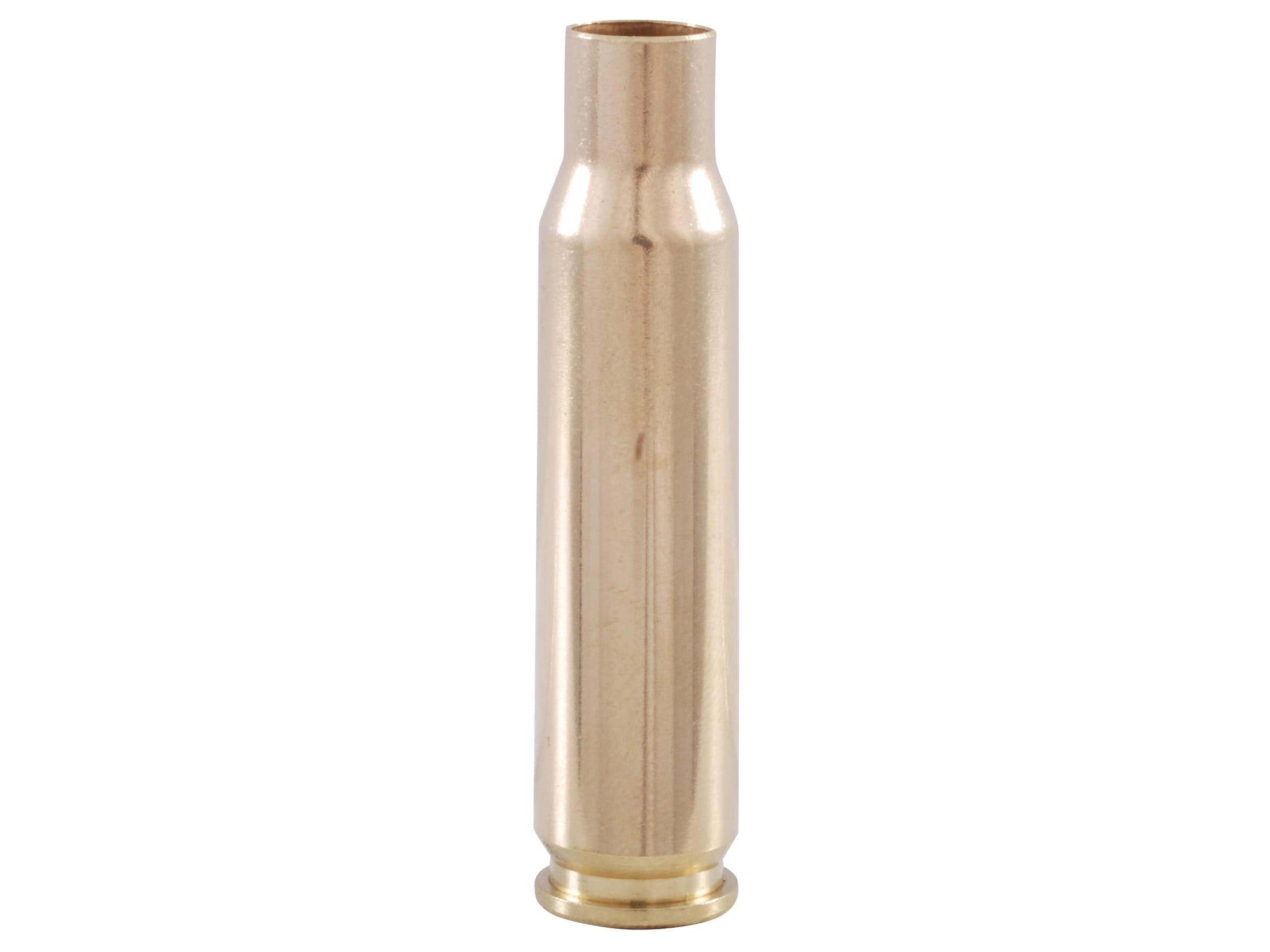Hey guys, I'm new to Sniper's Hide and fairly new to reloading. I have a stock Ruger Precision Rifle 6.5 Creedmoor with a Vortex Viper PST II 5-25x50 scope on it. With my reloads I'm getting flyers, or just not consistently accurate, and can't figure out why. Sorry if I give too much useless information or not enough.
My current reloads consist of:
Hornady Brass (Once fired in my rifle)
Winchester Standard Large Primers
Hodgdon H4350 Powder
Hornady ELD-X 143gr. Bullet
Currently what I'm doing is:
Cleaning the brass and primer pockets
Brass trimmed to 1.914 in., de-burred and chamfer-ed
Pressing in the primers just passed flush with the bottom of the brass
Neck size the brass to: (Using a Lee Ultimate Collet Neck Sizer Die)
Inside Diameter: 0.265 in.
Outside Diameter: 0.290 in.
Currently using 43.0 grains of the H4350 (Using a RCBS Charge Master 1500 to measure)
Seating the bullet at 2.810 in. (Using a RCBS Gold Metal Seating Die)
What I use as ammo to shoot besides my reloads is the Hornady ELD-M 147 gr., and I get consistently sub MOA, usually around 1/2-3/4 MOA with that, but with my reloads I'm group at about 1 1/2-1 MOA. I have not Chronograph-ed this reload yet, but I do have one.
The first picture is my first set of trying to reload with H4350 powder, and in that set my bulleting seating depth was at 2.800 in. and each line of groups was a different charge weight, notated in the center of each line of groups, also more info on top left corner of each target. On the left target, the bottom center consists of 2 groups shot with the Hornady ELD-M 147 gr. factory bullets. Groups sizes indicated above each group. In these groups of reloads, the brass was not trimmed, de-burred, or chamfer-ed.
The second photo is when I last went to the range to see if the problem was the trimming. This time, I trimmed, de-burred, and chamfer-ed the brass and seated the bullet to 2.810. Again, also see the top left of the target for more info. All groups were done at 100 yds.
The last photo is of course the RPR.
If y'all have any insight as to why I'm having flyers or if I'm making a rookie mistake with my reloads, please let me know. And if y'all need more information i'll be glad to share it. Thanks!
My current reloads consist of:
Hornady Brass (Once fired in my rifle)
Winchester Standard Large Primers
Hodgdon H4350 Powder
Hornady ELD-X 143gr. Bullet
Currently what I'm doing is:
Cleaning the brass and primer pockets
Brass trimmed to 1.914 in., de-burred and chamfer-ed
Pressing in the primers just passed flush with the bottom of the brass
Neck size the brass to: (Using a Lee Ultimate Collet Neck Sizer Die)
Inside Diameter: 0.265 in.
Outside Diameter: 0.290 in.
Currently using 43.0 grains of the H4350 (Using a RCBS Charge Master 1500 to measure)
Seating the bullet at 2.810 in. (Using a RCBS Gold Metal Seating Die)
What I use as ammo to shoot besides my reloads is the Hornady ELD-M 147 gr., and I get consistently sub MOA, usually around 1/2-3/4 MOA with that, but with my reloads I'm group at about 1 1/2-1 MOA. I have not Chronograph-ed this reload yet, but I do have one.
The first picture is my first set of trying to reload with H4350 powder, and in that set my bulleting seating depth was at 2.800 in. and each line of groups was a different charge weight, notated in the center of each line of groups, also more info on top left corner of each target. On the left target, the bottom center consists of 2 groups shot with the Hornady ELD-M 147 gr. factory bullets. Groups sizes indicated above each group. In these groups of reloads, the brass was not trimmed, de-burred, or chamfer-ed.
The second photo is when I last went to the range to see if the problem was the trimming. This time, I trimmed, de-burred, and chamfer-ed the brass and seated the bullet to 2.810. Again, also see the top left of the target for more info. All groups were done at 100 yds.
The last photo is of course the RPR.
If y'all have any insight as to why I'm having flyers or if I'm making a rookie mistake with my reloads, please let me know. And if y'all need more information i'll be glad to share it. Thanks!





